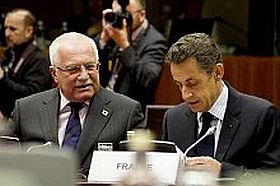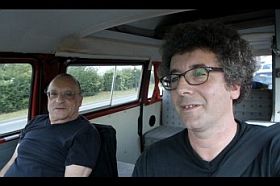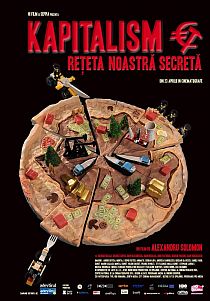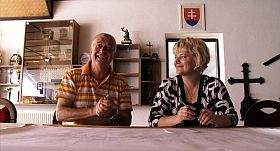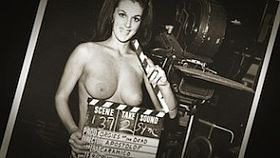


Kaspar Schröder Danish Multi Artist
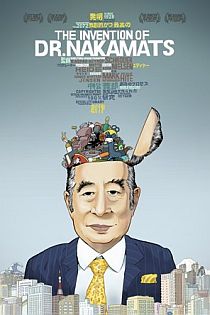
From the DOK Dag (see above): Could have listened to and watched much more of the work of multi artist Kaspar Schröder, an original talent, who also makes films and has got a lot of well deserved praise for his ”The Invention of Dr. Nakamats” and ”The Playground”. I write also, as Schröder, visit his excellent site, is a painter, a photographer, a furniture designer, a graphic artist… he prefers to make all by himself when he films and he is able to get a distinct graphic expression into his work. He told us about how he worked with the showman Dr. Nakamats, who wanted to be in control and always addressed the camera. ”When I discovered that, I made the decision to use it as a stylistical element” , said Schröder who also said that he immediately starts to frame when he enters a room, and that he often has a composer, and music, connected to a film when he starts filming.
Schröder, definitely a refreshing new talent in Danish documentary, is working on a new film, also from Japan. This is what is to be found on the site of DFI:
“No one understands me”, says Mr. Ryuichi, father, husband and keeper of secrets. Mr. Ryuichi, the protagonist of Kaspar Astrup Schröder’s I Want to Cheer Up Ltd., is head of a clandestine business of professional stand-ins. With his portrait of the iconic Dr. Nakamats last year, Kaspar Astrup Schröder moves to the other end of the scale in his choice of a protagonist in his new film I Want to Cheer Up Ltd. Here we have a man who conducts his second life after hours, unobserved by even his immediate family.
Mr. Ryuichi and his 32 employees are professional stand-ins, part of a growing service sector catering for clients who are in need of a companion – a spouse, relative, friend, colleague, boy or girlfriend – to accompany them to social functions such as weddings and funerals. The film explores how Mr. Ryuichi juggles with so many secrets and why his clients cannot bear public scrutiny of their personal lives. Not able to be the ubiquitous dad or face up to his own shortcomings, Mr. Ryuichi finds satisfaction in being a stand-in for other families. But, is this giving him a better life? – Mette Heide, +plus pictures, produces the films of Kaspar Schröder.
